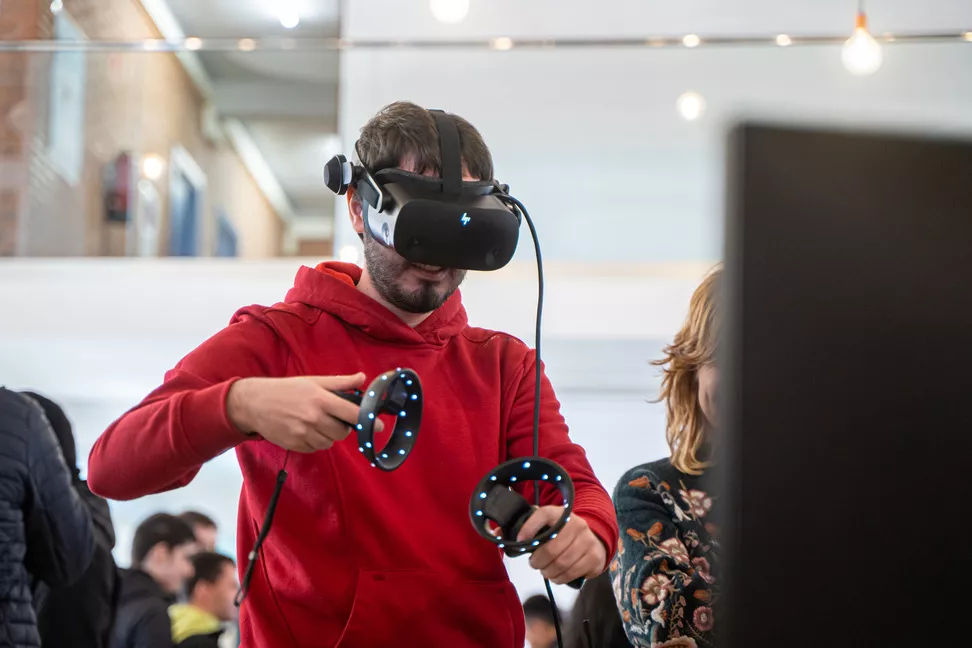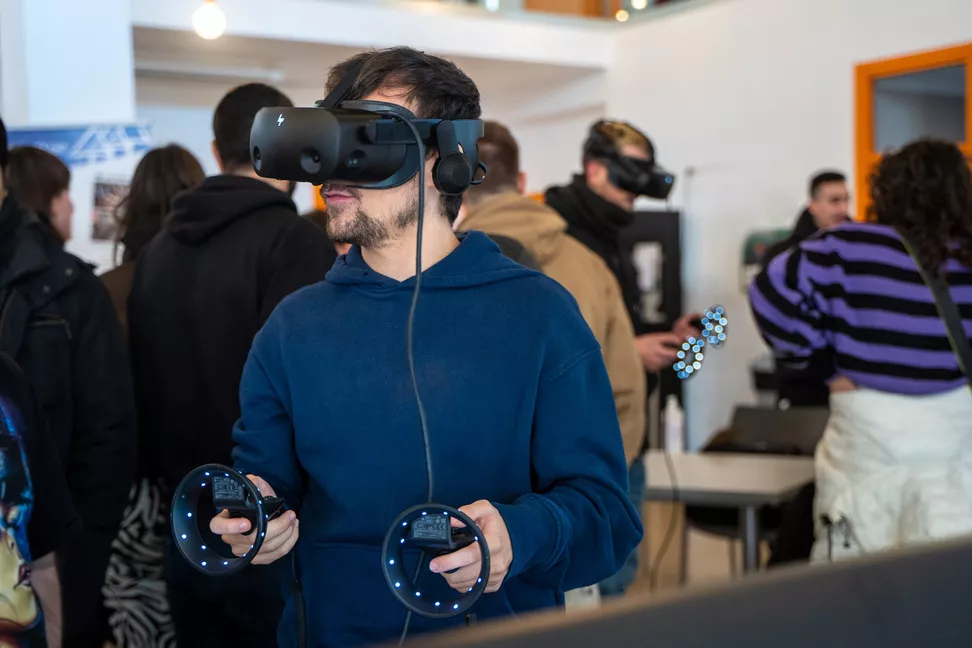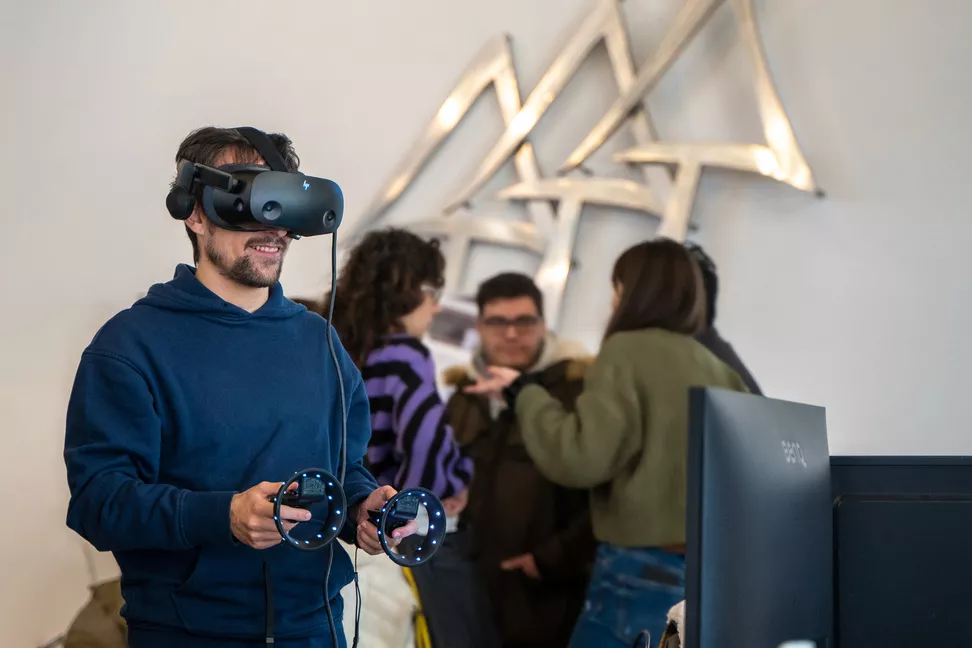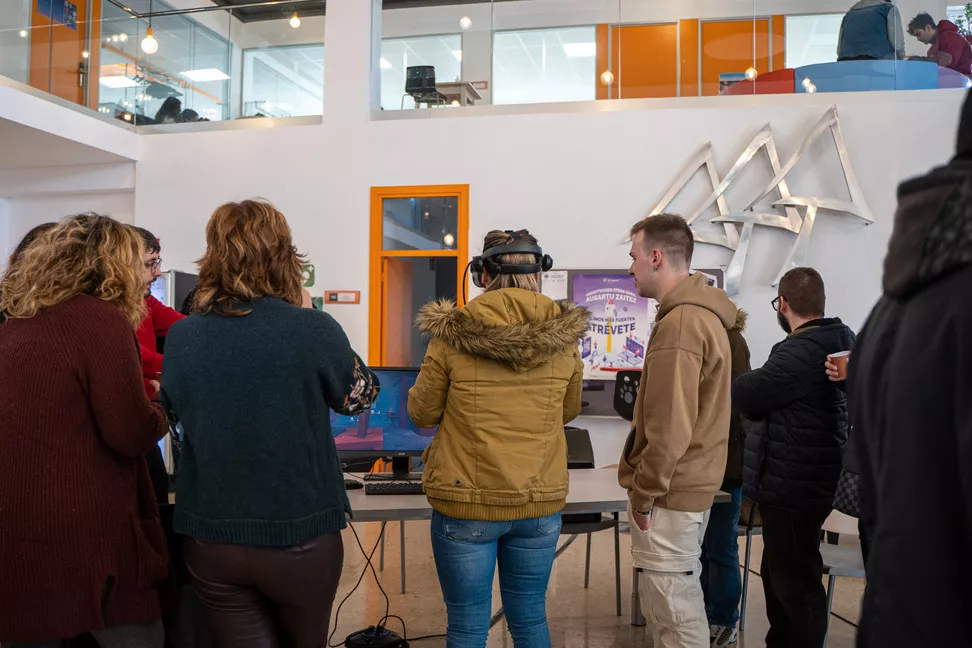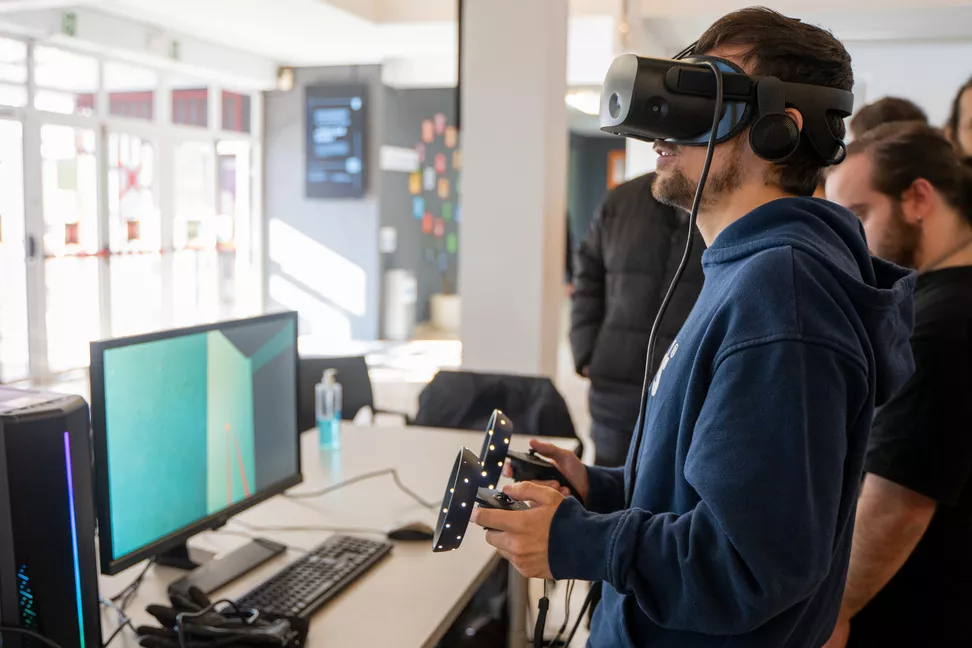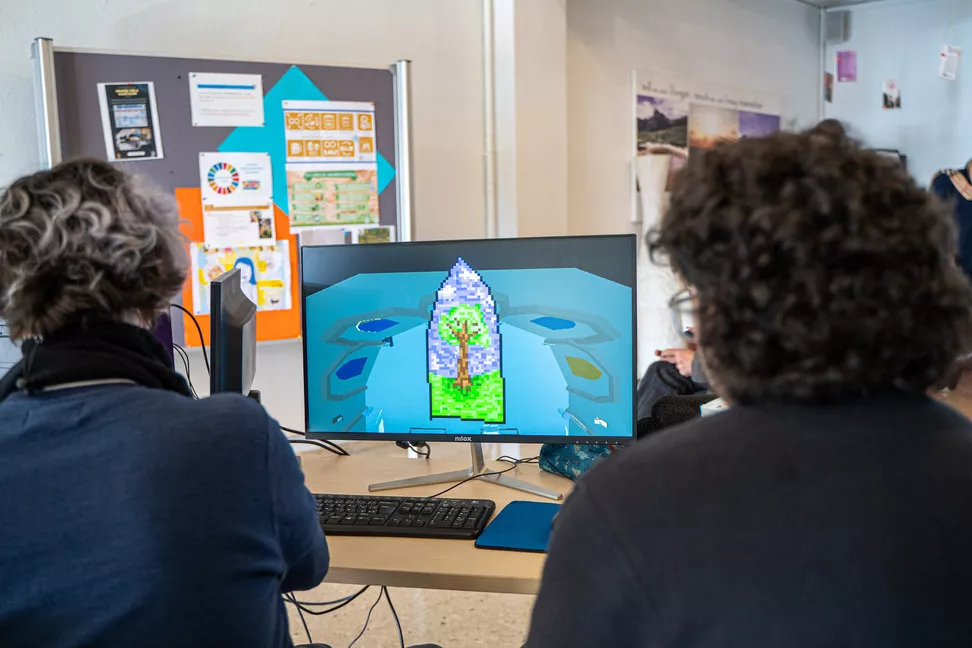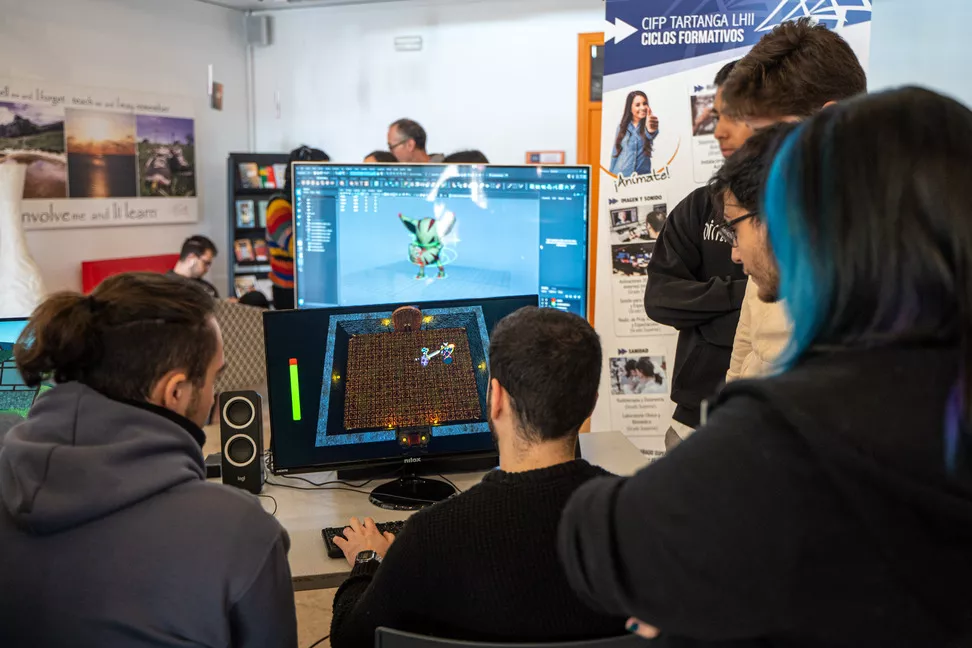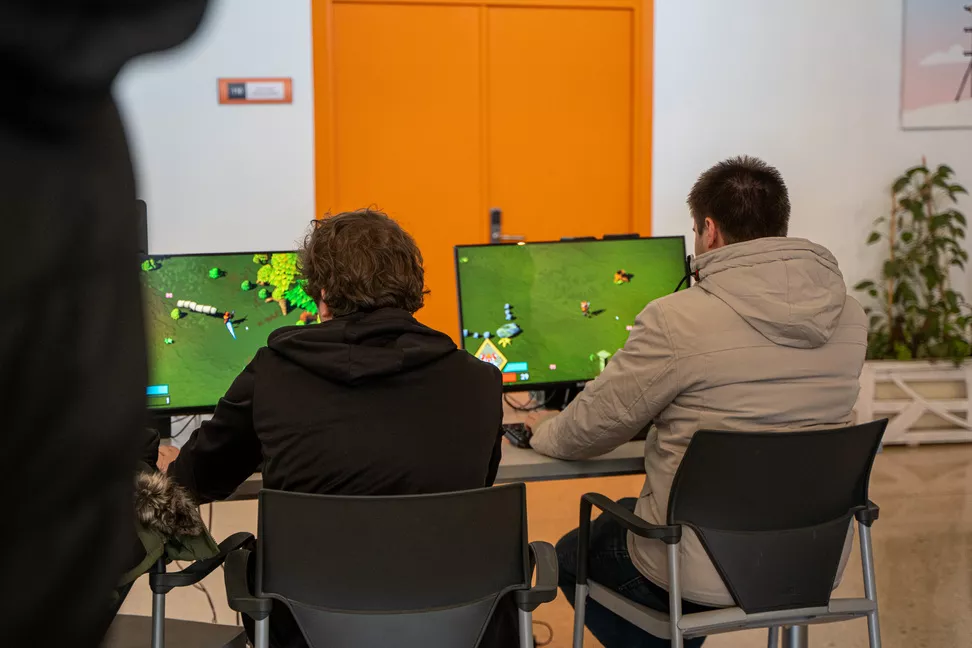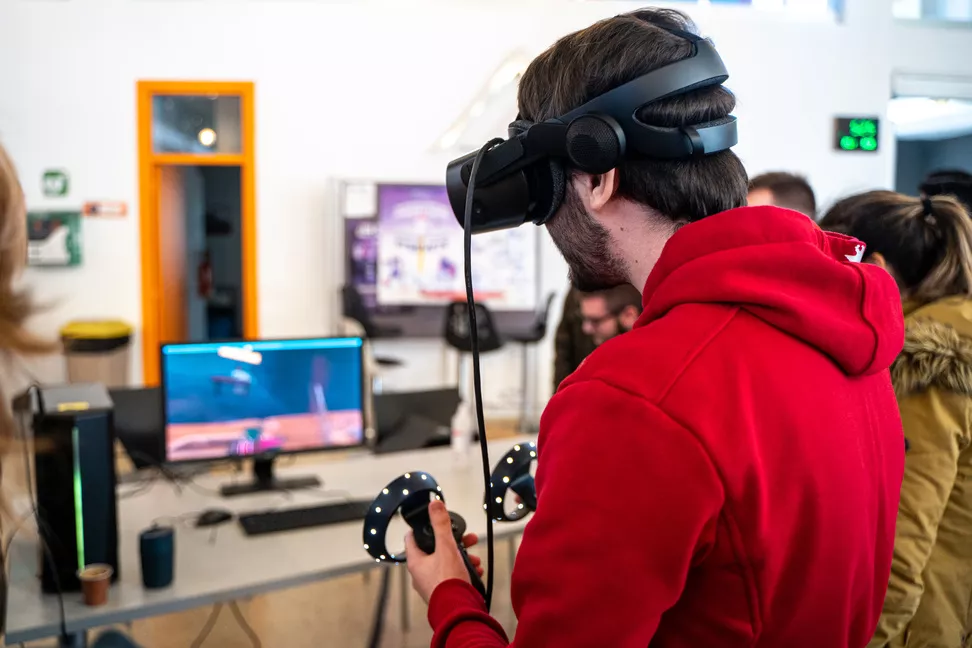| Profesional Module |
Hours-total | Year |
|
Programming and video game engines
|
264 | 1st |
|
2D and 3D graphic design
|
132 | 1st |
|
Network programming and artificial intelligence
|
198 | 1st |
| Virtual reality and augmented reality | 297 | 1st |
|
Design, management, publication and production
|
66 | 1st |
| On-the-job training | 240 | 1st |
| Total hours of the course | 900 |
The qualifications that give access to the Specialisation Course are the following:
- Higher Technician in Multi-platform Applications Development.
- Higher Technician in Development of Web Applications.
- Higher Technician in Computer Network Systems Management.
- Higher Technician in 3D Animations, Games and Interactive Environments.
Other access qualifications:
- Higher Technician in a VET course different from the previous ones and with proven experience in the specialization course area.
- Other qualifications provided they can demonstrate adequate prior knowledge to successfully complete the course.
Those who have obtained the certificate certifying completion of this specialization course will be able to work in public and private companies in the video game sector, as well as create their own video game development studio.
The most relevant occupations and jobs are the following:
- Video game developer.
- Responsible for video game testing (game tester).
- Responsible for the video game creation process (game designer).
- 2D and 3D graphic designer for videogames (game artist).
- Independent video game developer (indie game developer).
- Virtual, augmented, and mixed reality application developer.
- Expert in artificial intelligence for video games.
- Establish the stages of the video game creation process, from its definition to its publication and distribution.
- Determine the functionalities of video game engines.
- Develop the fundamentals of advanced video game-oriented programming.
- Identify the fundamental elements of the physics system necessary for the action of a video game.
- Define the video game user interface.
- Determine the artistic aspects of the video game by developing concept art illustrations.
- Determine the functionalities of graphic design tools.
- Configure the graphic design and artistic aspects of 2D video games.
- Configure the graphic design and artistic aspects of 3D video games.
- Detect improvements in loading optimization and level playability.
- Develop online multiplayer video games.
- Apply artificial intelligence concepts to video games.
- Develop virtual and augmented reality applications.
- Develop serious learning games with virtual reality.
- Publish video games on platforms available for different devices.
Professional group: Computer Science and Communication
Total duration: 900h
- First year 900h
- Second year -
Model: A (Spanish)
Shift: afternoon

